
What is Abstract Art?
Abstract art painting means to depict a subject in a non-realistic way. When we describe something that we may not sense through touch, taste, sight, hearing, or smell, we use abstract adjectives.
As a definition, abstract art is the 20th-century movement characterized by the reduction of natural appearances into simplified forms; for example, constructing art based on geometric shapes or intuitive gestures. Abstract art does not depict a person, place, or thing in the natural world or does not make any visual references. What is very important to mention when defining abstract art is that abstract artists do not deal with figurative interpretation. Stylistically, abstract art included the movements of Surrealism, Dadaism, Cubism, and Fauvism.
Famous Abstract Artists
Famous artists belonging to these art movements are, to mention a few, Vasily Kandinsky (1866–1944), Piet Mondrian (1872–1944), and Kazimir Malevich (1878–1935), Mark Rothko (1903-1966) and Jackson Pollock (1912–1956).
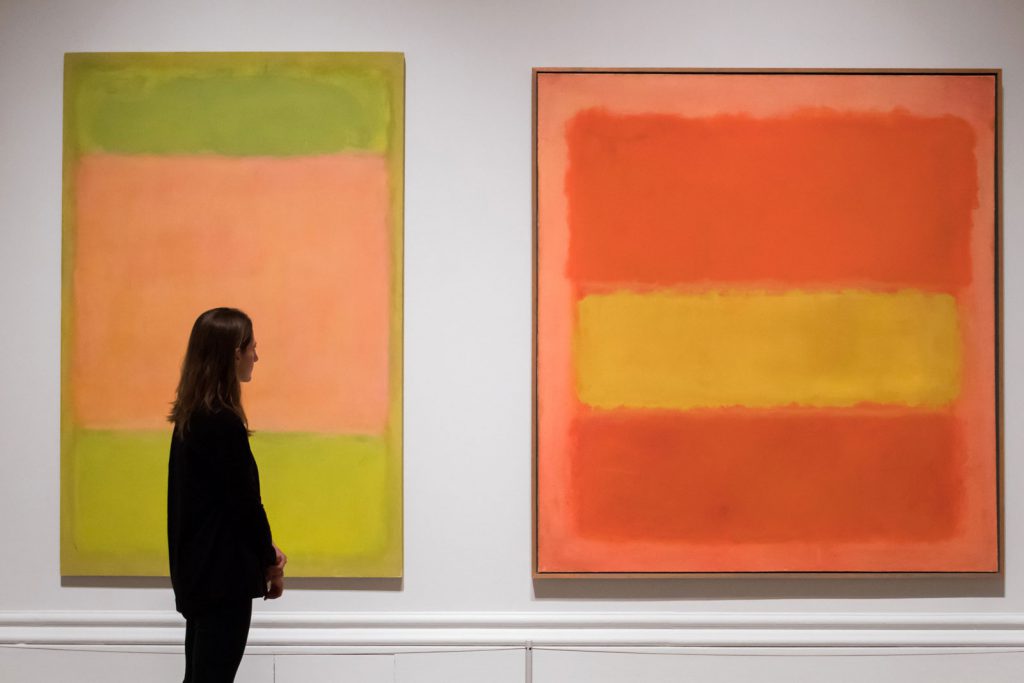
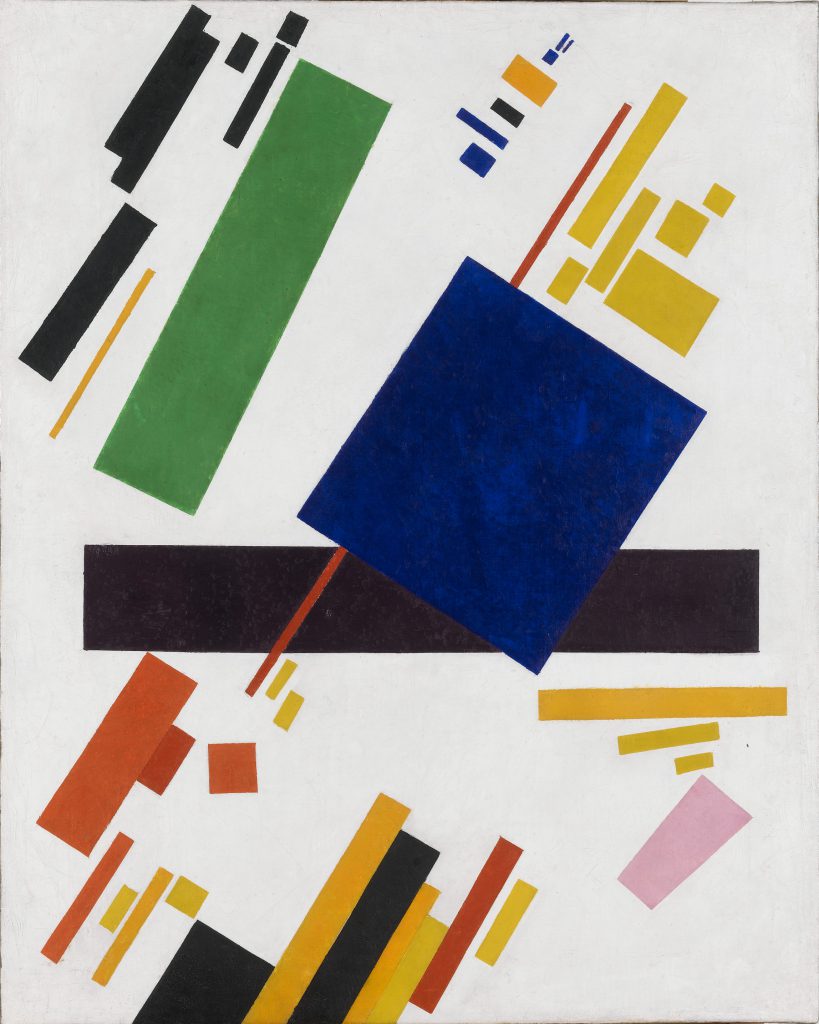
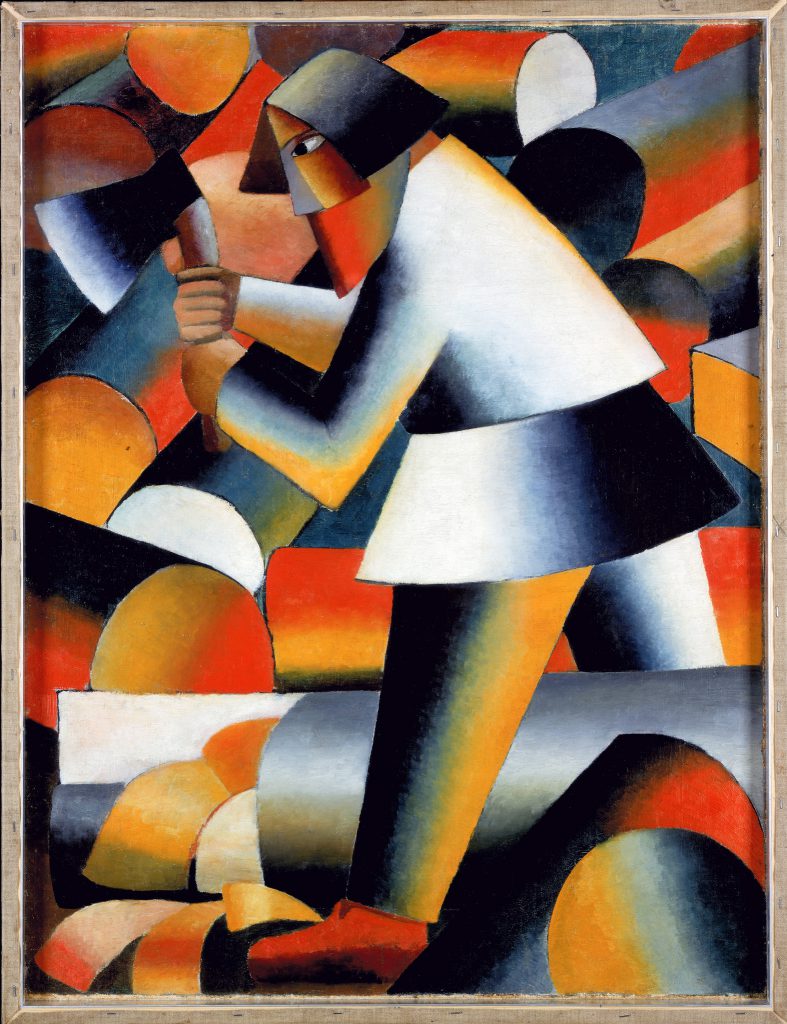
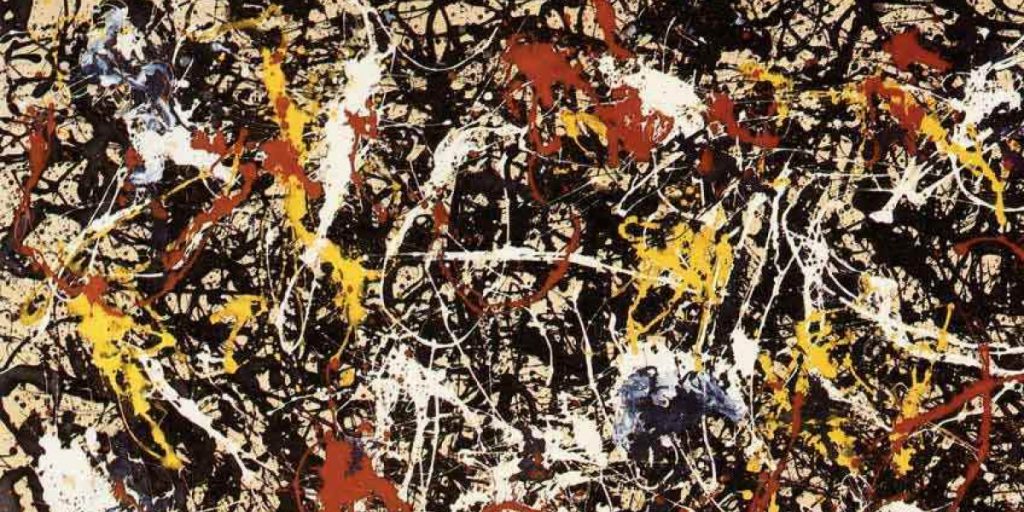
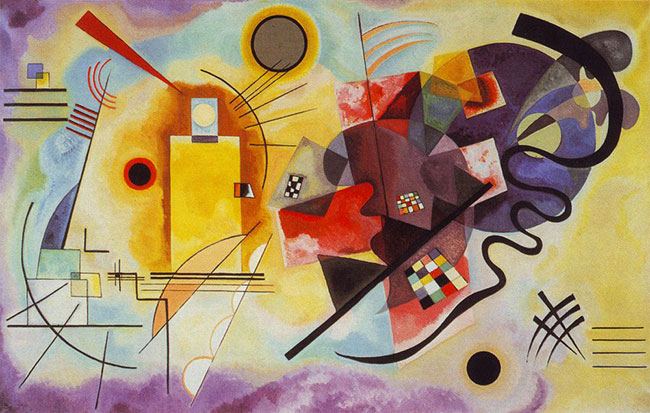
The Basics of Abstract Art
Abstract art usually has its basics in something outside reality. It isn’t synonymous with chaotic design. One may confuse it with the therapeutical “mush some paint on the canvas and see what happens.” Instead, abstract art hides profound meanings and harmonic values. Try these tricks to ease your process to avoid messing around at the beginning.
Always start with a concept.
It will not only direct your work, but it will also help you out making the right harmonious decisions while working. Abstract art is indeed a lot about harmony.
Focus on composition.
As said above, never forget that your composition needs harmonious values. Whether splashing color or contouring a shape, the final piece will have straightforward storytelling with a structure in mind.
Try experimenting in the making.
As Jackson Pollock teaches, the creative process may also start without a precise idea. Indeed, being surprised may be the core of the process itself. With structure and concept in mind, free yourself to tools, techniques, and whatever support you find on your way. There are no hard or fast rules except the ones you make for yourself. The only limitation is consistency and courage. Experienced artists are confident and produce every mark with intention. Paint splatters may look random, but they’re put there for a reason.
If you like this article, find other similar and helpful creative tips!












